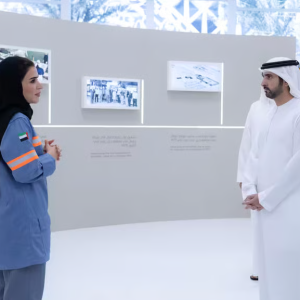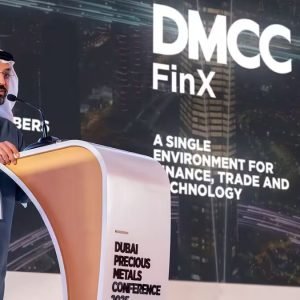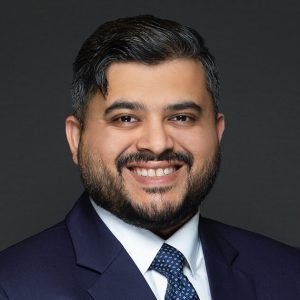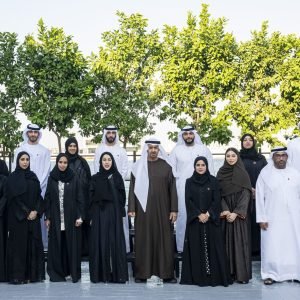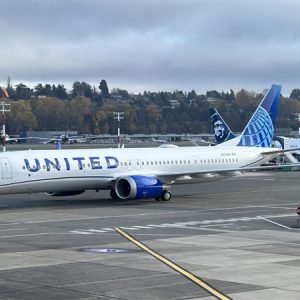Latifa bint Mohammed bin Rashid Al Maktoum stepped into a pivotal role at the Asia Pacific Cities Summit and Mayors’ Forum, where city leaders, policy-makers and urban innovators gathered to discuss the future of cities. Her presence signalled a deep commitment to shaping sustainable, inclusive and technologically-empowered urban spaces. In this article we explore her role, the summit’s themes, and what this means for cities of tomorrow.
Who is Latifa bint Mohammed?
Latifa bint Mohammed holds significant leadership positions in Dubai’s cultural and civic sphere. She is the Chairperson of the Dubai Culture & Arts Authority and a member of the Dubai Executive Council. Her work spans art, culture, heritage, and civic development. Her engagement in the cities summit is another chapter in her evolving leadership story.
Her background blends traditional roots with modern ambition. She carries a vision that includes not just physical infrastructure but people, creativity and culture at the heart of city planning. Her role at the summit underscores a growing recognition: cities aren’t just about buildings, they are about communities, identity and purpose.

The Asia Pacific Cities Summit – A Global Urban Forum
The Asia Pacific Cities Summit and Mayors’ Forum is one of the largest gatherings of municipal leaders, urban planners, mayors and decision-makers from around the world. Under the theme of smarter, more sustainable and inclusive cities, the summit offers a platform for exchange of ideas, ambition-setting and collaboration across continents.
For Dubai and the UAE, hosting such an event sends a strong message: the region is not just participating in global urban discourse, it is shaping it. The summit brings together diverse voices: from emerging cities in Asia-Pacific, to established capitals, to tech-driven hubs. The goal: to find new ways of living, working, and growing that respond to climate pressures, demographic shifts and digital transformation.

Latifa’s Role and Presence at the Summit
At the summit, Latifa’s presence carried both symbolic and practical weight. Symbolically, she represents the blending of cultural-heritage leadership with forward-looking urban strategy. Practically, she engaged with dialogues emphasising how culture, creativity and human-centred design fit into city-building.
She emphasised the idea that a city’s success isn’t solely defined by economic output or skyline heights, but by how residents feel, how they participate and how inclusive the systems are. Her remarks highlighted that urban innovation must reach all facets of society—not just the physical infrastructure.
By sitting alongside mayors, technologists and planners, Latifa helped connect culture & arts leadership with typical urban-development language. This bridging is vital: cities of the future require more than roads and towers—they demand creativity, identity and social cohesion.
Key Themes from the Summit
Innovation & Smart Infrastructure
One major thread at the summit was smart infrastructure: how cities are using data, sensors and connected systems to improve mobility, energy efficiency and services. Latifa’s interest in integrating culture and arts into such frameworks gives a fresh twist—smart doesn’t mean cold or purely technological; it means human-centred.
Sustainability & Inclusion
Another major focus was sustainability: how to manage resources, reduce carbon footprints, adapt to climate shifts and build resilient urban systems. Inclusivity featured prominently: ensuring that future cities serve all segments of society—women, youth, migrants, the underserved. Latifa’s leadership resonates here: cultural inclusion, heritage preservation and community engagement are essential to inclusivity.
Culture & Quality of Life
Often overlooked in urban discourse is culture and quality of life. At the summit, Latifa helped elevate this topic: cities are not only machines—they are lived human experiences. Arts, traditions, open spaces, community gathering places—all form part of vibrant cities. Her involvement reminds us that city-making must consider the human heart of the metropolis.
Collaboration & Global Exchange
The summit emphasised the power of collaboration: cities learning from each other, networks sharing ideas, partnerships across borders. Latifa’s participation signals Dubai’s openness to this collaboration—not as a follower, but as a contributor.
Future-Ready Governance
Governance models that are adaptive, data-driven and citizen-focused were another key conversation. Latifa’s dual role in culture and city governance positions her to influence how such models can embed cultural insights, creative governance and citizen participation alongside technology and planning.
Why Her Participation Matters
Latifa’s participation matters because it bridges multiple worlds: culture and urban planning; traditional identity and futuristic design; local community and global networks.
For Dubai and the broader UAE, it demonstrates leadership not just in building skyscrapers, but in shaping lived cities of the future. It suggests that the next wave of urban development will hinge on the human dimension—how people experience the city,
how heritage and modernity coexist, how creativity permeates infrastructure.
For the global community, her presence underscores a shift: city-leaders are recognising that culture, arts and identity are not optional extras—they are essential to sustainable urban evolution. Her involvement signals that the conversation around cities is broadening beyond bricks and roads to being about meaning, participation and human thriving.
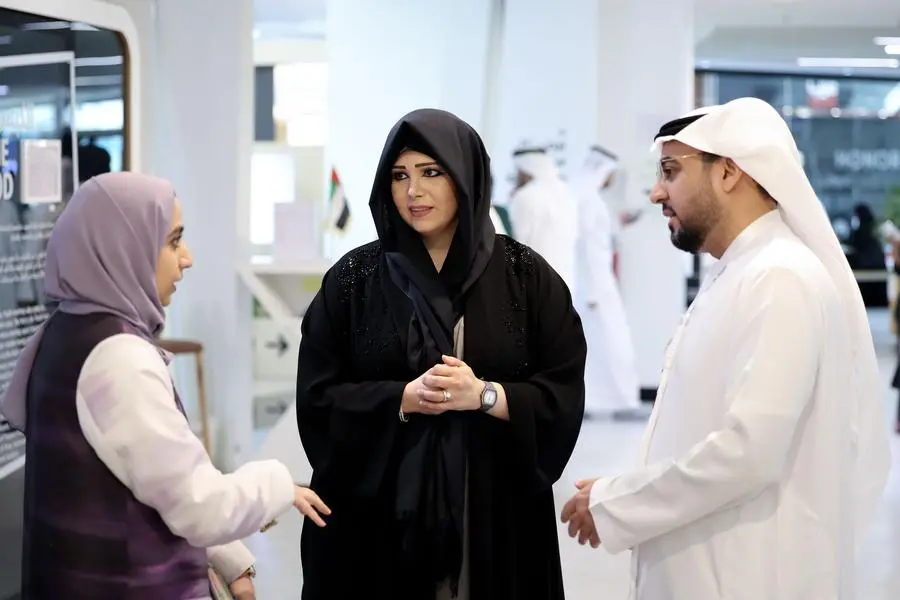
What This Means for Cities Around the World
Cities looking to the future can draw several lessons from the summit and Latifa’s engagement:
- People-first design: Infrastructure must serve people, not just systems. Embedding art, culture and open public spaces enhances social cohesion.
- Inclusive growth: Urban strategies must include diverse populations. Women, youth, migrants and underserved communities should be central in planning.
- Smart integration, not smart replacement: Technology should amplify human experience, not replace it. Smart sensors, data analytics and apps should support creativity, participation and quality of life.
- Sustainability as baseline: Resilience to climate, resource scarcity and demographic change must be baked into urban design from day one.
- Collaborative governance: Cities thrive when they learn from peers, partner globally and invite civic participation in decision-making.
- Cultural continuity amid change: Rapid urbanisation risks eroding identity and heritage. Leaders like Latifa show that preserving and promoting culture is compatible with innovation.
The Road Ahead for Latifa and Dubai
For Latifa bint Mohammed, this summit is likely a stepping stone to further influence in urban culture and planning. With Dubai already emerging as a global hub of innovation, her role reinforces that the city’s future will incorporate not just high-tech, but heart, identity and heritage.
Dubai itself stands to benefit: by hosting such major global forums, the city cements its place as a leader in the global urban conversation—attracting talent, investment, ideas and partnerships. The choices made now around people-centred design, culture, sustainability and collaboration will shape Dubai’s next decade and beyond.
For Latifa and her team, building culture-infused urban frameworks may involve new initiatives: public art programmes, creative-district development, cultural-heritage integration in smart city planning, community-driven placemaking and more. Her involvement at the summit helps lay a foundation for such ambitious efforts.
Conclusion
Latifa bint Mohammed’s participation at the Asia Pacific Cities Summit underlines a powerful message: the cities of tomorrow will succeed only if they are human-centred, inclusive, creative and collaborative. Her unique blend of cultural leadership and civic responsibility brings fresh energy to what can sometimes become a purely technical conversation.
As cities across the globe face mounting pressures—climate change, urban migration, technological disruption—the kind of holistic urban vision she represents offers hope. It reminds us that building the city of the future isn’t just about buildings, it’s about people, culture, identity and making every resident feel included in the story.
Do follow UAE Stories on Instagram
Read Next – Dubai Municipality Unveils Circle Dubai Project



